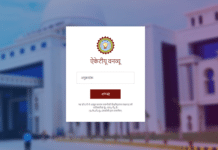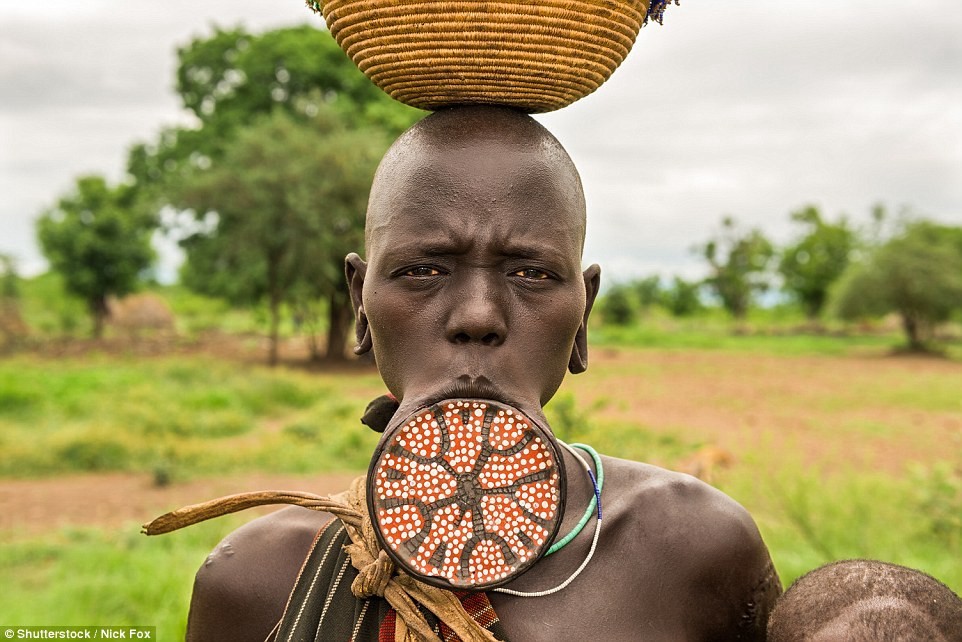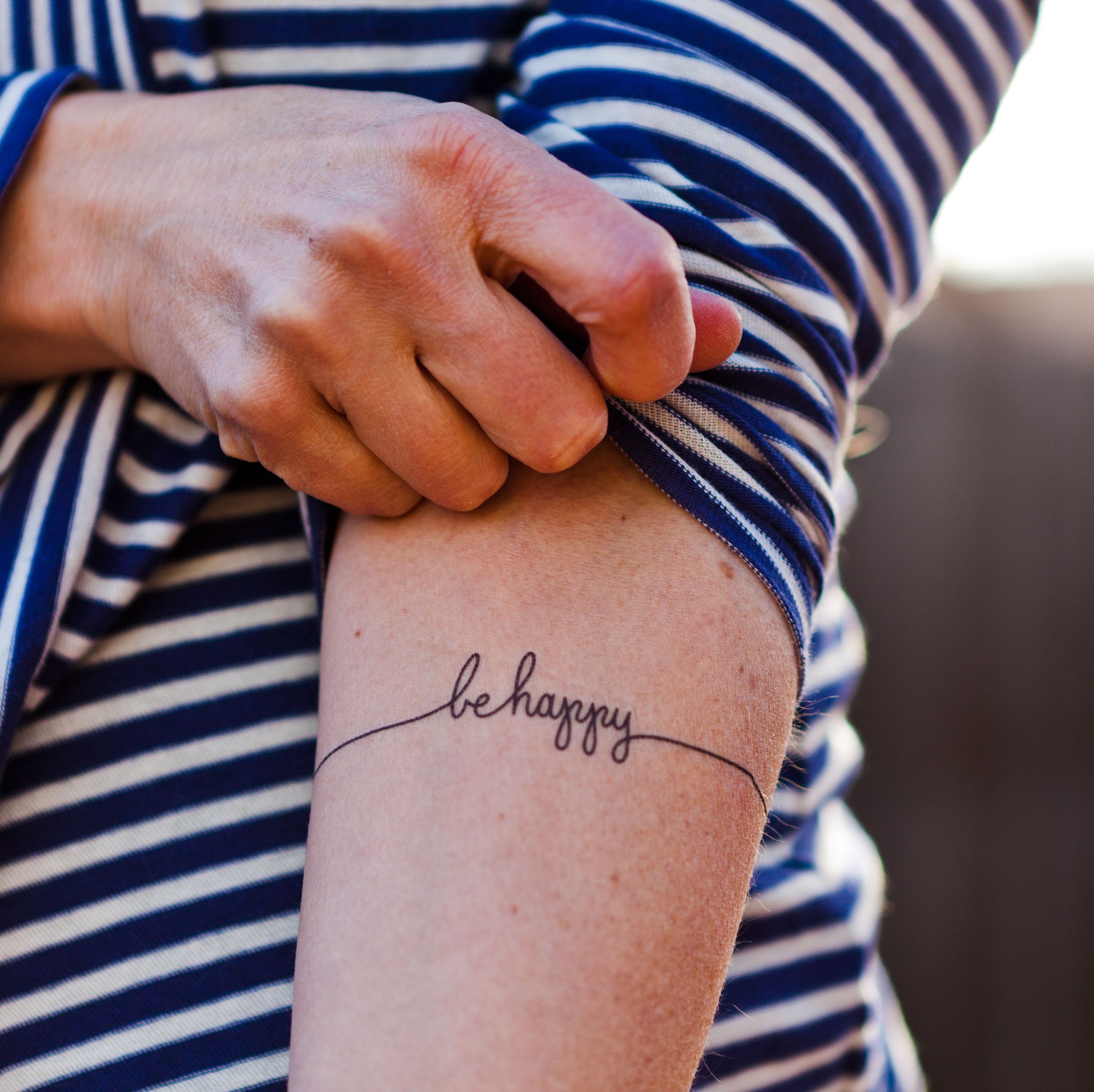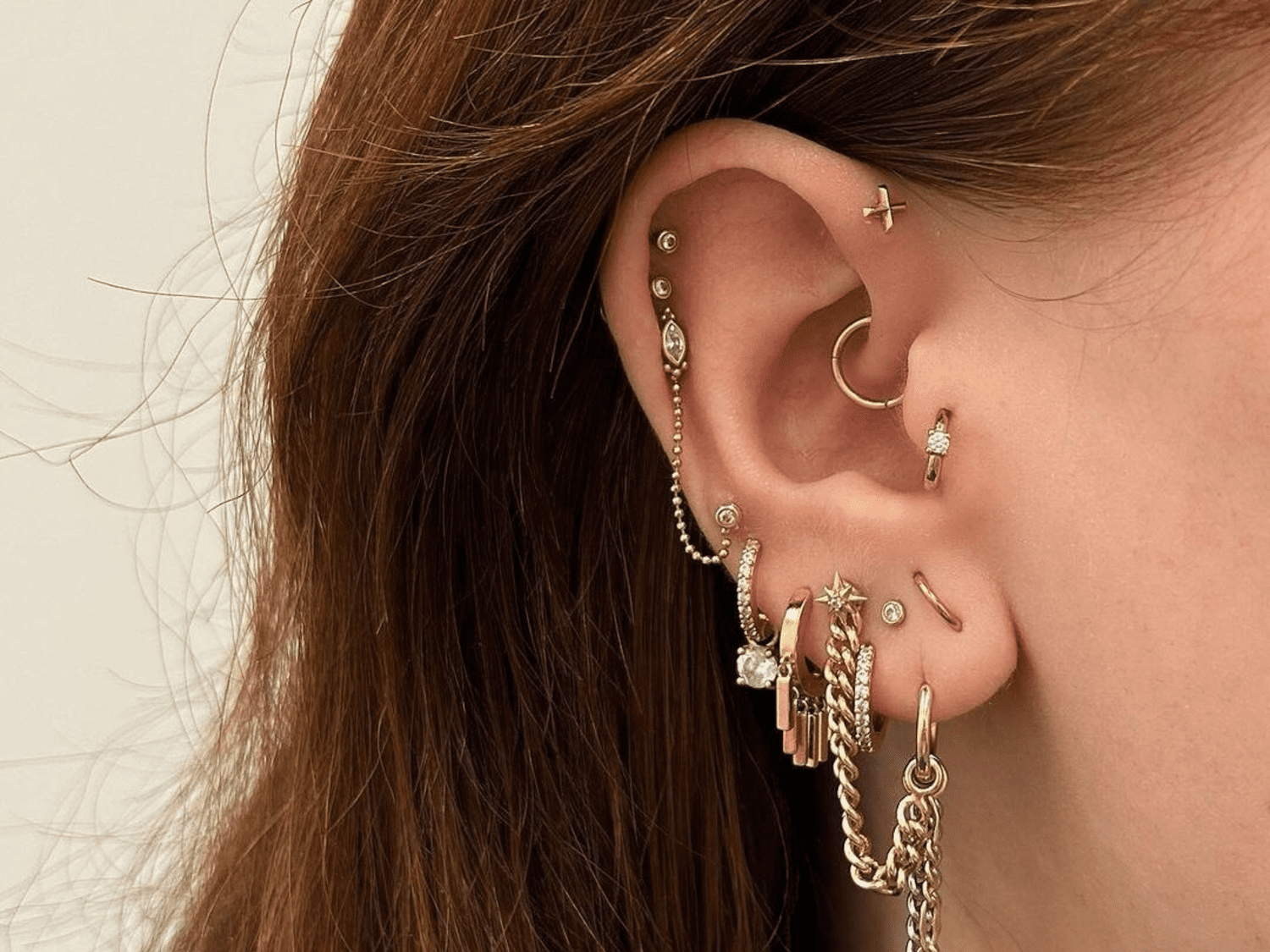Body modification, previously considered taboo and associated with counterculture movements, has become more popular in recent years. Tattoos, piercings, and other types of body art are increasingly generally accepted and celebrated as ways to express oneself and be unique. Attitudes towards body modifications have changed in college fashion societies that promote variety and self-expression, reflecting shifting societal norms and ideals. Let’s look into the acceptance of body modification in college fashion communities, looking at the elements that contribute to this acceptance and the ramifications for personal identity and style.
Body modifications have a long diverse history that transcends cultures, traditions, and time periods. From ancient rituals to contemporary expressions of identity, the practice has changed and adapted to reflect shifting social dynamics and cultural values. Modifications like tattoos and piercings carried great cultural and spiritual significance in ancient civilizations such as Egypt and New Zealand’s Maori, acting as markers of identity, position, and belonging within the group. Similarly, indigenous tribes around the world have long used body alteration to connect with their ancestors, honor traditions, and convey cultural heritage.
In recent decades, there has been a resurgence of interest, owing to evolving cultural attitudes and beauty standards. With the growth of celebrity culture, social media, and reality television, tattoos and piercings have grown more visible and normalized in mainstream culture. Celebrities such as Rihanna, Justin Bieber, and Miley Cyrus have popularized tattoos and piercings, resulting in broad acceptance and adoption among young people. Furthermore, advances in tattooing technology and procedures have made the procedure safer, more accessible, and less stigmatized, increasing the appeal of body modifications among college students and young people.
Fashion Statements
In college fashion, body modifications are frequently appreciated as strong fashion statements that represent personal style and individuality. Tattoos, in particular, have developed as popular forms of self-expression among college students, with people utilizing them to reflect their interests, views, and personal experiences. Tattoos, which range from ornate designs to minimalist symbols, are wearable pieces of art that allow students to express themselves creatively and affirm their individuality.
Piercings have also become increasingly popular as fashion accessories, with students experimenting with various places, designs, and jewelry to obtain their desired look. They are more than just aesthetics; they also have great personal meaning for many people. Each tattoo or piercing has meaning and symbolism, signifying significant events, cultural heritage, or treasured memories. Some students view changes in appearance as symbols of personal progress, resilience, or triumph over adversity. By combining these important symbols into their fashion choices, kids not only express themselves outwardly but also establish a link with their inner selves and their unique life journey.
Body modifications not only allow for personal expression but also build a sense of community and belonging. Many students form bonds over their mutual interests in tattoos, piercings, and body art, exchanging ideas, experiences, and recommendations for reputable artists and studios. This sense of camaraderie fosters a friendly environment in which people feel accepted and understood, regardless of their looks or origin. Furthermore, they frequently act as conversation starters and icebreakers, allowing students who might not have met otherwise to connect and form friendships. By accepting these changes, college fashion communities promote inclusivity and diversity while also appreciating each individual’s unique identities and experiences.
Personal Identity and Style
Body modifications have a significant impact on college students’ personal identity and style. For many people, tattoos, piercings, and body art are significant emblems of self-expression and individuality, allowing them to communicate their inner views, values, and experiences. Students construct a visible expression of their identity by covering their bodies with important symbols and motifs, which serve as a continual reminder of who they are and what they stand for.
The integration of these changes into personal identity extends to fashion choices, as people frequently choose clothing and accessories that complement and enhance their body changes, resulting in a unified and authentic sense of style. They can help people discover and accept themselves, allowing them to embrace their unique identity and enjoy their personal journey. As a result, they are more than simply beautiful adornments; they are strong instruments for college students to express themselves, gain empowerment, and affirm their individuality.
In conclusion, the acceptability of body modifications in college fashion societies reflects a larger cultural shift towards inclusion, variety, and self-expression. Tattoos, piercings, and body art are recognized as forms of personal expression and originality, allowing students to affirm their identity while challenging societal conventions. As attitudes towards body modification grow, collegiate fashion communities provide lively and inclusive environments for students to explore, experiment, and celebrate their own identities through fashion and self-expression. By accepting bodily modifications, college students are changing the narrative of beauty and identity, encouraging a more inclusive and tolerant society for future generations.





















